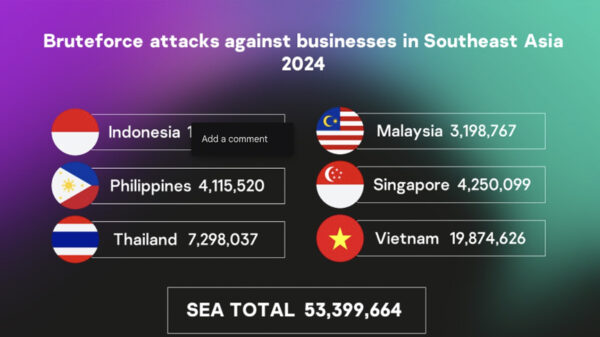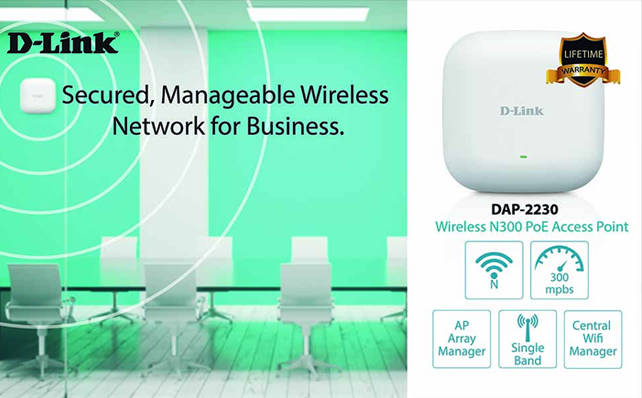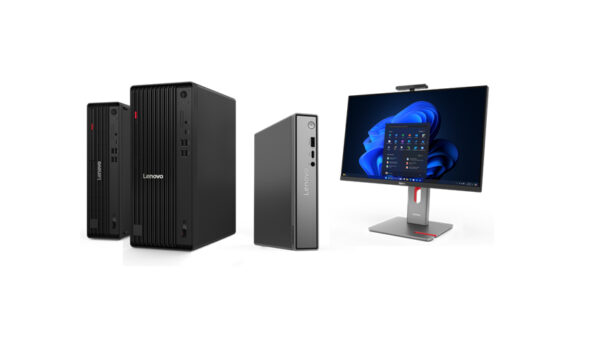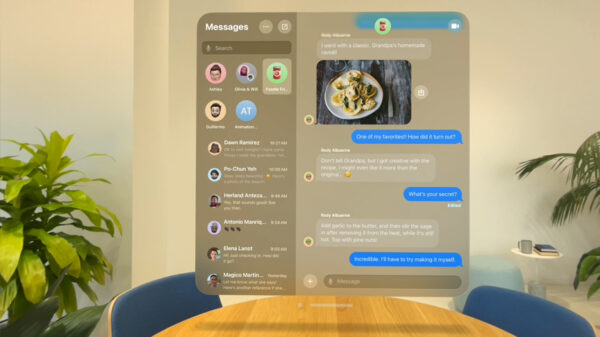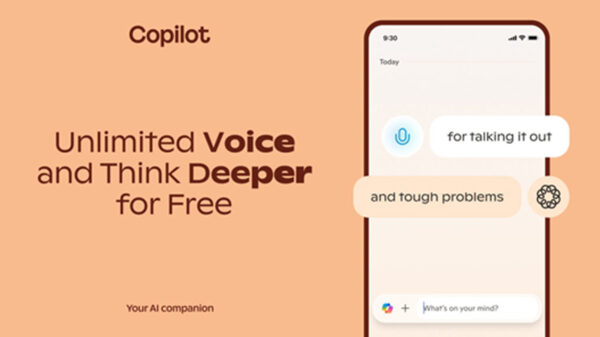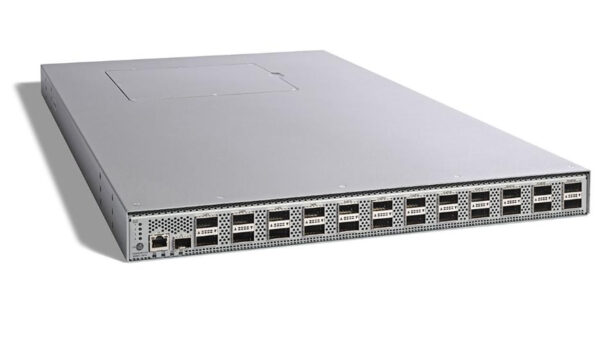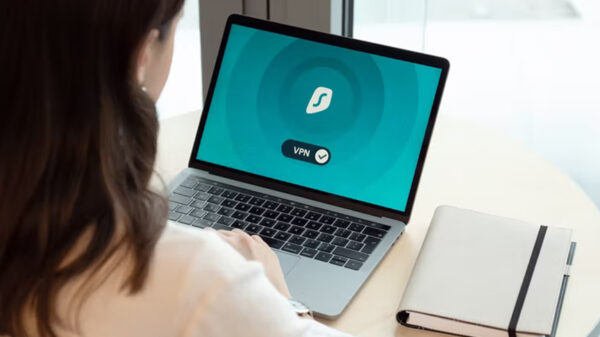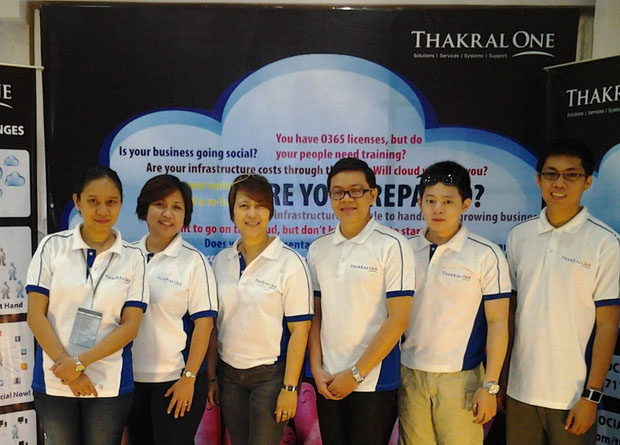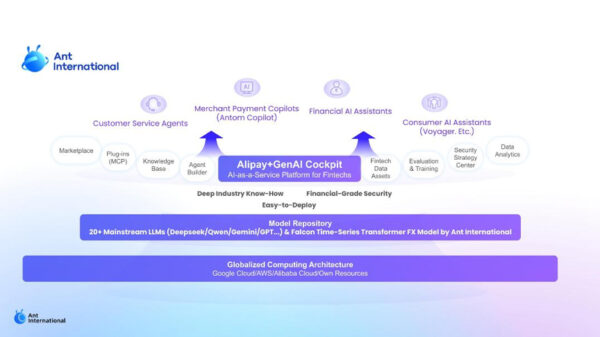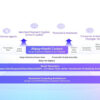Across industries, organizations are now relying on telecommuting more than ever. While it has its short-term benefits, business leaders must also leverage the technology in a way that will lead to new opportunities and advancements down the line.
In the world of cybersecurity, telecommuting is not considered to be a catalyst for revolutionary change in how organizations architect the security of their networks. Instead, it is seen as a catalyst for evolutionary change that could lead organizations and security leaders to an advanced position.
In other words, the security decisions intended to support telecommuting could also help to build resiliency to defend against future cyberattacks.
Leveraging Available Technology to Enable Telecommuting
Below are six considerations from Fortinet for business leaders as they work to execute workforce-enabling goals, allowing their organizations to flourish securely when outside of traditional headquarters while avoiding substantial capital costs for new buildings.
1. Enable Snoop-Resistant Connectivity
Teleworkers can connect to their organizations remotely with virtual private network (VPN) software. This software, which is likely already included on the employee’s endpoint computer, will enable snoop-resistant connectivity to remote company applications and data, ensuring maximum protection of assets.
2. Employ Multi-Factor Authentication (MFA)
Considering the lack of security controls in place when employees are working remotely, multi-factor authentication (MFA) is critical to protecting data. MFA could come in the form of combining something the remote user possesses – like a “token” on a cell phone – with something this person knows – like a password. This strategy will provide an extra level of security that ensures the user is the authorized employee he or she claims to be.
3. Leverage Wireless Access Points and Firewalls
Business leaders looking to enhance their telecommuting strategies further should consider leveraging easy-to-deploy wireless access points and firewalls to remote worksites. Pre-configured before they are shipped, these solutions can be automatically set up on-site via zero-touch deployment functionality, ensuring business continuity and support for those remote workers who need additional performance and functionality.
4. Increase Agility of Communication Paths
Centralized offices typically feature always-on, dedicated communication links at their headquarters to accommodate the large number of users seated there. With SD-WAN, companies can agilely and securely choose the best communication path for their users at any given time. This strategy supports the changing communications patterns of remote workers, especially as telecommuting becomes more commonplace.
5. Get the Most Out of the Cloud
Teams that no longer have access to their headquarters’ desktop computers can deploy software applications in the cloud that look and perform like those on their computers in the office. The addition of cybersecurity solutions, such as the ability to support secure SSL connections from any browser to the cloud, enable users to securely access these applications and related data stored in the cloud without increasing complexity for the users or the security operations team.
6. Focus on Self-Improvement
One benefit of telecommuting is the extra time that comes from not having to drive into the office every day. Business leaders and their employees should take the time to learn something new or simply refresh their knowledge – one example is taking an online cybersecurity training course to get ahead of the game. By taking the time typically spent commuting to expand their knowledge, individuals can build skills that could be extremely useful down the line.
Final Thoughts
By focusing on the six considerations noted above, organizations can achieve a more effective and secure remote workforce model. These evolutionary steps toward the future combine core networks with the agility of the cloud and other connectivity solutions to extend the network’s edge beyond the traditional office environment. When combined with appropriate cybersecurity strategies across the edge, core network, and cloud, organizations can ensure business continuity from remote locations while laying the foundation for people and architectures of the future.




